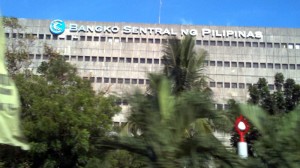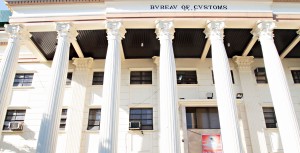The real estate exposure of local banks continued to rise at the end of the first semester of the year despite the implementation of stiffer regulations aimed at restricting lending to property firms.
Data released by the Bangko Sentral ng Pilipinas (BSP) showed that real estate loans rose by 6.6 percent to P924.32 billion at the end of June versus March’s P866.62 billion.
Relative to the size of the banking industry’s loan portfolio, real estate loans accounted for 18.34 percent as of June, from 17.82 percent recorded at the end of March.
Under existing regulations, banks are not allowed to lend more than 20 percent of their loanable funds to real estate.
Bank investments in real estate firms, including holdings of bonds issued by property companies, rose to a total of P172.91 billion from P168.64 billion, the BSP reported this week.
This increase in the industry’s real estate exposure came ahead of the implementation of the BSP’s so-called Real Estate Stress Test (REST) limits, which linked lending to property firms to banks’ capital buffers.
Under the new rules, the BSP has set new Real Estate Stress Test (REST) limits for local banks. It says that, even if 25 percent of a bank’s real estate exposure has been written off, the bank must still be able to maintain a common equity tier 1 capital ratio of at least 6 percent. Its total capital adequacy ratio (CAR) must also stay above the required minimum of 10 percent.
A bank’s capital serves as buffer that absorbs losses from risk-weighted assets that are written off. CAR refers to the level of a bank’s capital relative to its assets.



